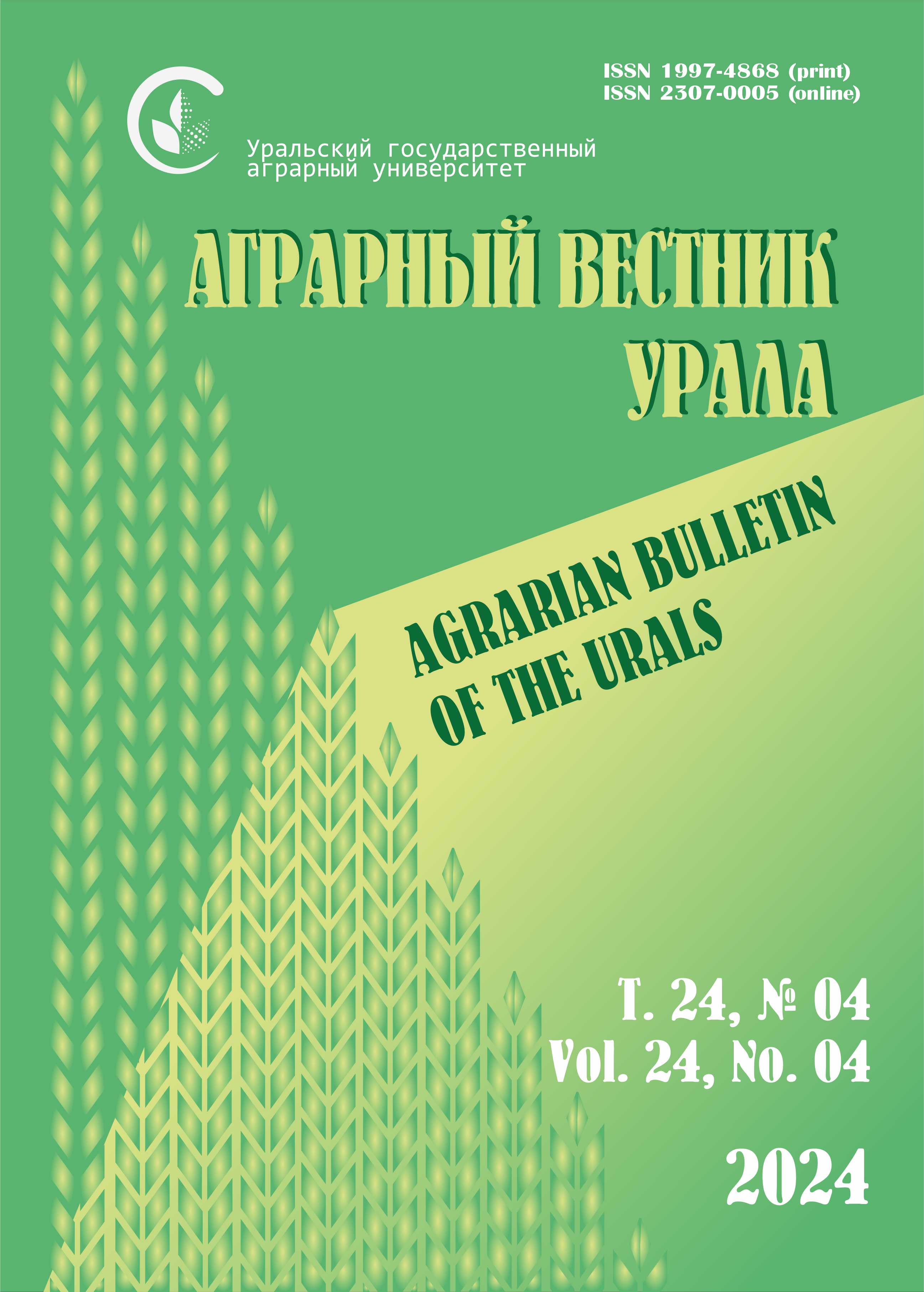Аuthors: V. V. VALDAYSKIKH, candidate of biology science, director,
Botanical Garden of Ural Federal University of the First President of Russia B. I. Yeltsin (19 Mira Str., 620002, Ekaterinburg),
G. I. MAKHONINA, doctor of biology science, professor of department,
Ural Federal University of the First President of Russia B. I. Yeltsin (19 Mira Str., 620002, Ekaterinburg),
M. Y. KARPUKHIN, candidate of agricultural sciences, associate professor,
Ural State Agricultural University (42 K. Libknehta Str., 620075, Ekaterinburg; tel: +7 (343) 371-33-63)
Abstract: We studied the morphological properties heterochronic chernozem soils formed on uneven ground surface under forest of the Northern Urals. The studies were conducted in the field of modern and ancient anthropogenic disturbances, accompa- nied by the release or bare soil-forming rocks. It is shown that for the past 50 years and 4000 years since the start of the newly formed soil soil did not reach baseline values leached chernozems holocene on a number of morphological parameters. Fifty- year period is not sufficient for the formation of the carbonate horizon, for the differentiation of horizons A and B1 , B2 formation horizon streaks. Humus horizon of 50 years of soil formation was only about 1/5 the power of similar background soils. For four thousand years formed different horizons A and B1 horizon streaks, increasing the total capacity of the profile. The total capacity of humic mineral horizons for 4000 years has reached less than 3/4 the power of background soil holocene. Speed of the studied soil-forming process as in the first ten years, significantly slowing down later. In the context of forest of the Northern Urals av- erage rate of formation of humus horizons in the study of 50-year-old soils was 1.8 mm per year against 0.075 mm per year for the 4000-year-old soils. In general we can say about the extremely low rates of recovery of soil humus-building: the formation of mature soil profiles with full humus horizon — an extremely long process, which lasts for centuries and millennia. Studies have once again point to the need for a special relationship to the soil humus as practically non-renewable natural resource.
Keywords: humus, humus accumulation, humus horizons formation, recovery of soil, chernozem, forest-steppe, heterochronic soils.











